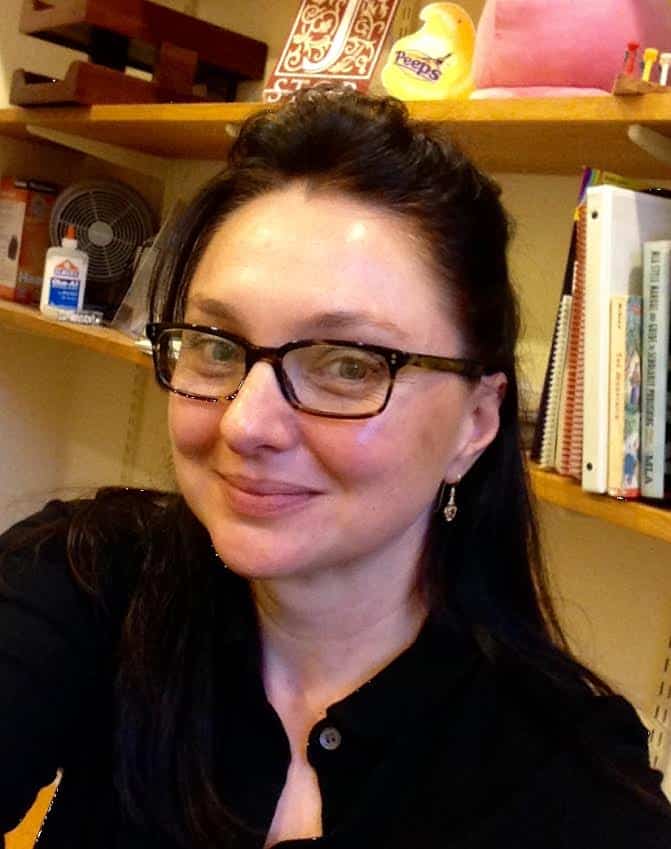In-Depth Review: Becoming a Resilient Person: The Science of Stress Management
Detailed review by Class Central user Lura Sanborn on this course aimed at helping you craft an open and gentle awareness towards the world and others.
Review by Lura Sanborn. Lura is a research librarian for a prep school in central NH, where she teaches research skills & sources, selects the library’s digital content and creates research guides. In her free time she advocates for coconut-based ice-cream flavors at her husband’s sweet shop and dreams of a future filled with robots.
Took the course? Write your own review here. Read all reviews.
WHO IS THIS CLASS PERFECT FOR?
If you have just one hour a week to learn self-investment techniques to improve personal equanimity and stress relief.
THE BASICS
Taught by prof Clay Cook, from the University of Washington, on the edX platform, this is an eight week, low-key, informational class. The course focuses on techniques to improve one’s personal resilience level, resilience being defined in Week one as “the ability to survive and thrive.”
WEEKLY FORMAT
- Video Lectures (short, usually no more than an hour’s worth each week).
- Quiz (multiple choice, typically about ten questions).
- Teaching a practice partner. The practice partner is a human selected by the student, who is willing to be taught by the student, a concept(s) from the course. The is designed to “deepen understanding of material” as stated in Week one, Video three.
- Application of material to daily life to allow the student to assess benefits and challenges of enacting concept.
- Reporting out on application in discussion board.
WORTH NOTING?
The videos are solely footage of professor, explaining a concept, with text and/or images added to the back and fore ground. There are no teaching assistants, guests, or other professors contributing content. Transcripts of lectures are available as a PDF as are all the graphics associated with the lectures. Professor Cook adds paragraphs of additional commentary and content, on weekly basis, in the course info section of the platform. This content includes helpful videos created by and with other voices. As a result of their placement, these have the potential to be easily overlooked as they are not included in the core video section of the course nor are they neatly compiled in a recommended reading or bibliography. This additional content isn’t essential to complete the class, yet they do contain useful material as presented by another voice.
WHAT?!?!?! AND OTHER HIGHLIGHTS
“Research indicates that 90% of people experience chronic stress.” Week one, video group two, video two. Oh my.
Week three focused on mindfulness and mindlessness. Although I’ve taken other courses in this same vein, I particularly like this course’s description of mindfulness as an “open and gentle awareness” both towards the world and towards ourselves. This idea of being mindful towards myself was perhaps my most valuable takeaway from Professor Cook.
I really liked Cook’s earnestness and his evident esteem for the value of the suggested techniques. I always find it easier to become engaged with course content when it feels like the Professor really believes it. There were some endearing moments when it felt like my high school PE teacher was the instructor. For example, In week six, video two, in talking about the value of sleep, we were encouraged to “think about your equipment” meaning sheets, pillows and blankets. I can’t imagine a more PE teacher way of describing this. Truly though, I fell in love with Clay’s earnestness (and helpful analogies). He came across as clearly believing in the content and in the value of sharing it. Overall the class felt informative and simultaneously, immediately and usefully prescriptive.
IN SUM: DO YOU NEED IT?
While the class doesn’t have that ground-breaking, life-changing feel, (like The Science of Happiness and Learning How to Learn) it certainly has a place in the MOOC market. The course is good, and perfect if one has limited time. If one has more time (and interest) per week to pursue this topic, especially hearing from the scientists and literature behind Clay’s lectures, all signs point to The Science of Happiness. However, if you like Clay’s presentation style, and don’t have the time for more, the information contained in Becoming a Resilient Person is certainly valuable. The comments in the discussion boards, regarding the weekly experiential learning exercise, certainly spoke to students finding usefulness in employing the class concepts. For those that have only an hour a week and are looking for tips on self-resilience and mood-boosting strategies, this could be just the thing.






